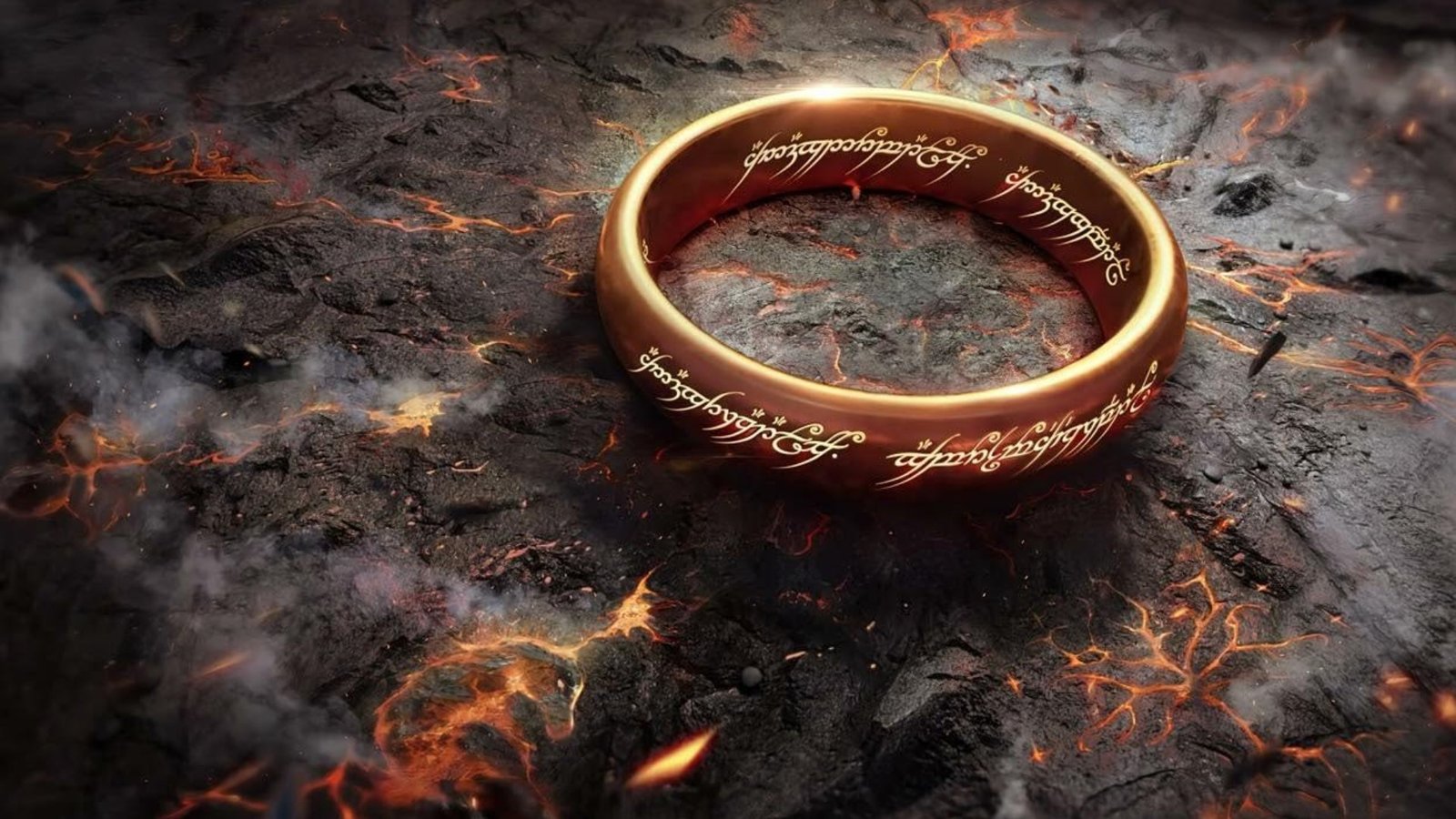The Cost of Beauty

In life, we often find that the things we desire most – whether material objects, experiences, or relationships – come with a cost. The saying, “If something is beautiful or desirable, it often comes at a cost – be it in terms of money, time, or well-being,” captures the tension between our longing for beauty and the price we pay to attain it. While this might sound cynical, it offers a profound reflection on human desire and the hidden costs of what we find valuable.
Let’s explore this idea by weaving in insights from one of the greatest epics ever written: The Lord of the Rings by J.R.R. Tolkien. His timeless tale offers a powerful lens to examine the sacrifices and risks we face when we pursue beauty and power.
The Allure and Its Price
Beauty has a magnetic pull. Whether it’s a breathtaking landscape, a captivating work of art, or a luxurious product, we’re naturally drawn to beautiful things. But behind that allure often lies a hidden cost – sometimes financial, sometimes physical, and sometimes emotional.
In the material world, luxury goods make this most clear. Designer clothing, fast cars, and fine jewelry promise status and pleasure, but their price tags can be enormous. The pursuit of these beautiful objects can trap us in cycles of consumerism and debt, ultimately leaving us feeling empty.
Tolkien echoes this truth through the One Ring in The Lord of the Rings. At first glance, the Ring is a simple, elegant object. But its promise of power is dangerous and corrupting. As Gandalf wisely observes:
There are other forces at work in this world besides the will of evil. Bilbo was meant to find the Ring, in which case you also were meant to have it. And that is an encouraging thought.
Even with this hopeful perspective, the Ring’s beauty brings only pain and destruction to those who possess it. It’s a timeless reminder that our pursuit of beauty – whether through objects or experiences – can blind us to the risks involved.
When Beauty Becomes Harmful
Sometimes, the most beautiful things can also be the most harmful. This doesn’t only apply to physical beauty; it can also refer to the glow of ambition or the pursuit of perfection. Consider how we spend countless hours staring at screens, mesmerized by the vibrant images and endless information. Yet, this digital beauty can take a toll on our physical and mental health, leading to anxiety, stress, and even addiction.
Tolkien brings this idea to life through Gollum. Once a creature much like a hobbit, he becomes consumed by the Ring’s beauty and power. Frodo describes him perfectly:
He hates and loves the Ring, as he hates and loves himself.
Gollum’s obsession destroys both his mind and body, showing how the pursuit of something beautiful can lead to self-destruction.
In our own world, we see this harm in our obsession with impossible beauty standards. Extreme diets, cosmetic surgeries, and constant comparisons can turn our desire for beauty into something toxic, damaging both our physical health and mental well-being.
The Price of Joy
Even when beauty doesn’t physically harm us, it often comes with a heavy price. The most joyful and memorable experiences – dream vacations, fine dining, concerts – can be the most expensive. While these experiences bring pleasure, the financial strain can create stress that overshadows the joy.
In Tolkien’s world, the pursuit of peace and safety also requires steep sacrifices. Frodo, Sam, and the rest of the Fellowship give up everything they love to destroy the Ring. The cost isn’t measured in gold but in physical hardship and emotional toll.
Samwise Gamgee’s famous words capture this idea beautifully:
I can’t carry it for you, but I can carry you.
In our lives, the pursuit of happiness often comes with personal sacrifices. We work long hours to afford what we desire, only to find that we’re giving up our time, health, or relationships in the process.
Seeking Balance
If beauty and desire always come with a price, how can we find balance? Is it possible to enjoy the things we love without paying too high a cost?
The answer lies in moderation and perspective. Tolkien’s characters find hope when they look beyond their personal desires. Frodo doesn’t seek the Ring for himself; he chooses to sacrifice his comfort for the greater good. In the same way, we can pursue the beautiful things we love without letting them consume us.
We can also learn to find beauty in simplicity. The Shire in Tolkien’s world shows us that a simple life can be rich and fulfilling. The hobbits find joy in their gardens, their food, and their friendships – without the need for wealth or power.
Sam’s humble wisdom reminds us:
It’s the job that’s never started as takes longest to finish.
Even the simplest pleasures hold beauty and meaning, if we’re willing to see them.
Beauty, Cost, and Choice
The saying, “If something is beautiful or desirable, it often comes at a cost – be it in terms of money, time, or well-being,” captures an essential truth about life. Most things of great value come with a price. But, as Tolkien’s world teaches us, we have the power to choose how we approach beauty and desire. We can find balance, avoid harm, and appreciate the simple, meaningful moments that don’t require a heavy cost.
In the end, true beauty may not lie in the things we chase, but in the journey itself – and in the choices we make along the way. Just as Frodo and his friends learn, it’s not the object of desire that matters most, but the strength of character that guides us. That’s a beauty no price can diminish.



